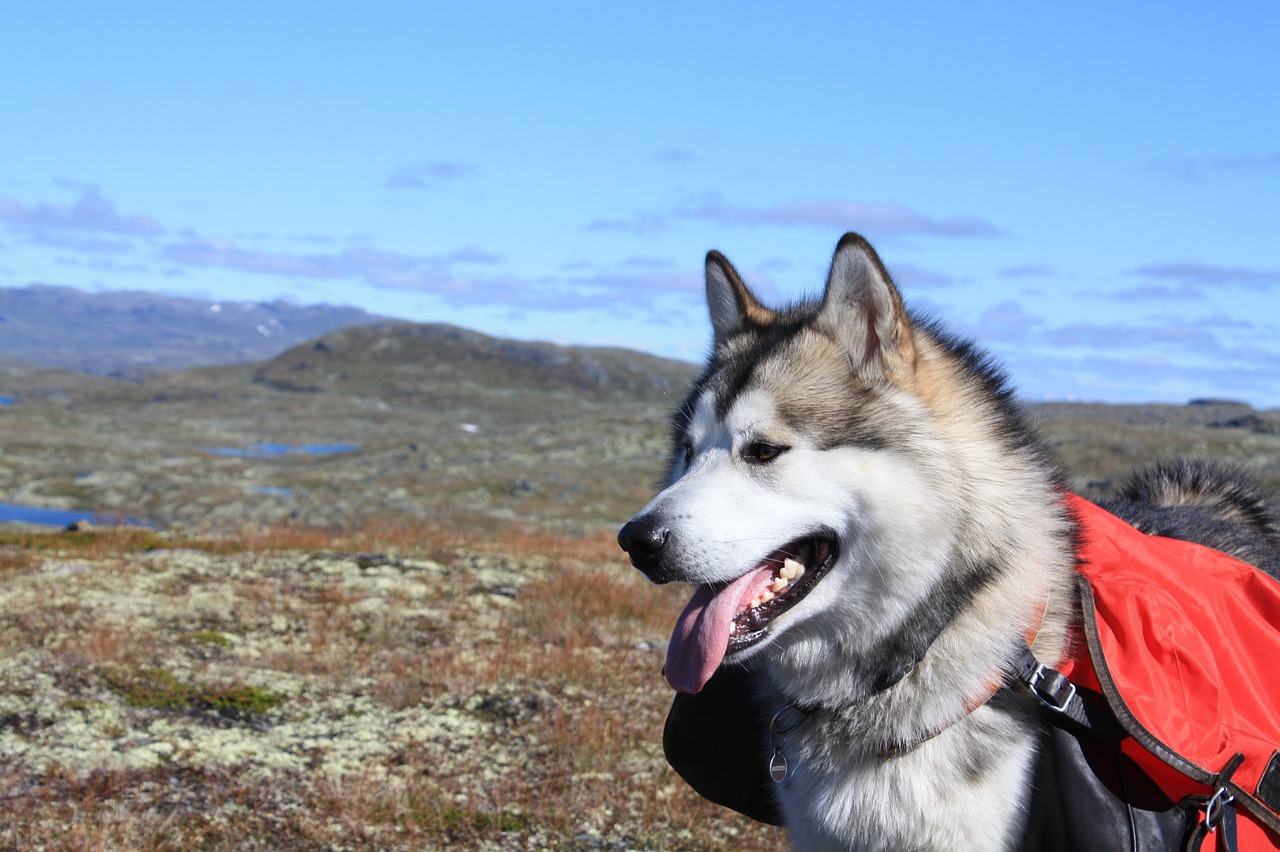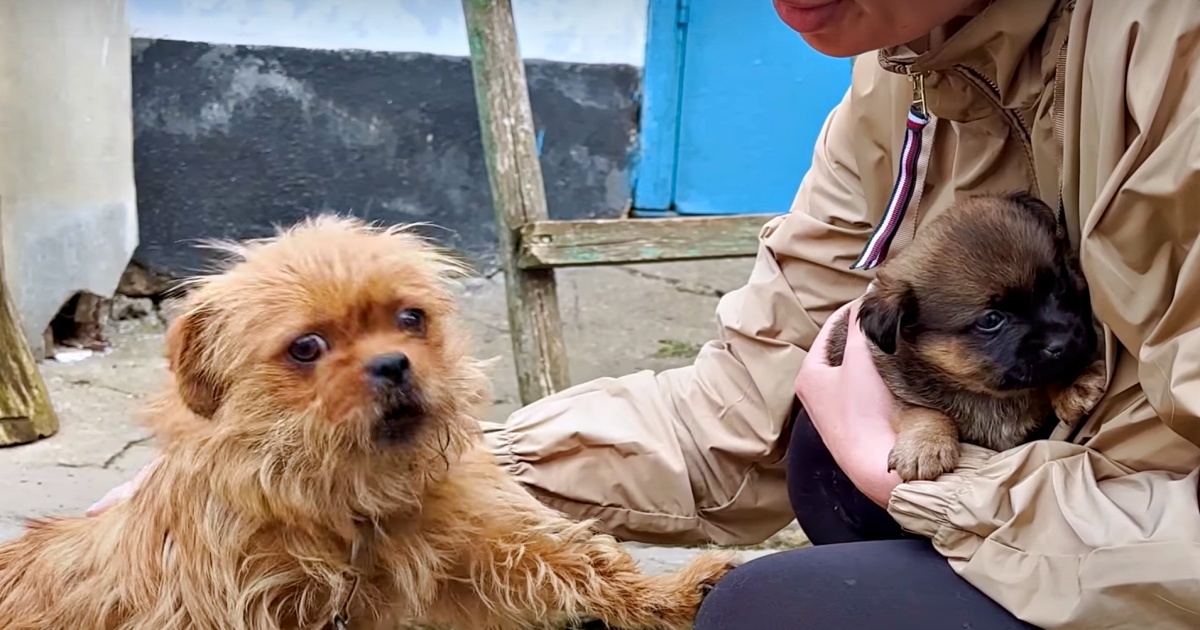The Alaskan Malamute, known for its strength, endurance, and wolf-like appearance, is a breed that often draws intrigue and curiosity. Among the many questions that enthusiasts and potential owners have is: How powerful is the bite of an Alaskan Malamute, and is it painful? This article delves into the bite force of this majestic breed and assesses the potential implications.
Historical Origins of the Alaskan Malamute
To understand the bite force of the Alaskan Malamute, it’s essential to recognize its roots. Native to the Arctic region, Alaskan Malamutes were originally bred by the Mahlemiut Inuit tribe, hence their name. Their primary role was to haul heavy sleds over long distances in extreme conditions. Their jaw strength, therefore, was not specifically cultivated for biting, but rather for carrying heavy items, including food.
Bite Force Metrics: The Alaskan Malamute’s Jaw Strength
Bite force is typically measured in PSI (pounds per square inch). While a human’s bite force averages around 120-140 PSI, the Alaskan Malamute boasts a considerably higher measure.
On average, the bite force of an Alaskan Malamute ranges between 400-500 PSI. This places them among the stronger biting breeds, although they still rank below some mastiffs and the Kangal dog. Nevertheless, the Alaskan Malamute’s bite is undoubtedly powerful and can cause significant harm if delivered with intent.
Pain Perception: The Impact of an Alaskan Malamute’s Bite
Given the high PSI measurement of the Alaskan Malamute’s bite, it’s undeniable that a bite from this breed can be extremely painful and potentially dangerous. The impact would be:
- Immediate Pain: Due to the force and the sharpness of their canines, an aggressive bite would cause immediate intense pain.
- Potential for Injury: Beyond superficial wounds, the bite can lead to deep tissue damage, broken bones, or severe lacerations.
- Infections: As with any animal bite, there’s a risk of bacterial infections if the wound isn’t promptly and adequately treated.
Behavior and Temperament: Does the Alaskan Malamute Bite Often?
By nature, the Alaskan Malamute is not an aggressive dog. They are friendly, loyal, and, with proper socialization, can be excellent family pets. However, there are circumstances that might provoke an Alaskan Malamute to bite:
- Protection: If they perceive a threat to themselves or their family, they might resort to biting.
- Poor Training: Alaskan Malamutes are strong-willed. Without proper training, they might use biting as a way to assert dominance.
- Playfulness: Sometimes, Malamutes might nip or bite during play, not realizing their strength.
Safeguarding Against Potential Bites
Ensuring that an Alaskan Malamute doesn’t resort to biting is largely a factor of training, socialization, and understanding:
- Early Socialization: Expose your Malamute to various people, pets, and situations from a young age. This helps them be more adaptable and reduces aggressive tendencies.
- Consistent Training: Using positive reinforcement methods, establish boundaries and teach commands to help control their behavior.
- Stay Alert: Recognize signs of discomfort or agitation in your Malamute to prevent potential aggressive reactions.
Conclusion
While the Alaskan Malamute has a significant bite force, it’s essential to remember that they are not inherently aggressive dogs. Their biting strength is a vestige of their historical roles in challenging environments. With proper care, understanding, and training, the Alaskan Malamute can be a gentle giant, showcasing its strength in endurance and loyalty rather than in aggression.
Frequently Asked Questions About Alaskan Malamute Bites
1. Why does my Alaskan Malamute puppy nibble on my fingers?
Alaskan Malamute puppies, like many dog breeds, explore the world with their mouths. This nibbling is often a result of teething or their inherent playful nature. While it might seem harmless when they’re young, it’s essential to redirect this behavior to toys to prevent problematic biting as they grow.
2. Are Alaskan Malamutes naturally aggressive?
No, Alaskan Malamutes are not naturally aggressive. They are friendly and sociable dogs. However, due to their strength and size, if they are not properly trained or feel threatened, their bites can be potent and potentially harmful.
3. How can I prevent my Alaskan Malamute from biting?
Prevention starts with early socialization and consistent training. Ensure that your Malamute is exposed to various situations, people, and animals from a young age. Positive reinforcement methods, establishing boundaries, and teaching bite inhibition are all crucial.
4. My Alaskan Malamute seems to be biting out of anxiety, what can I do?
Anxiety-driven biting can be a concern. It’s crucial first to identify the source of the anxiety, whether it’s separation, loud noises, or a new environment. Providing a safe space, possibly with anxiety-reducing toys or even seeking advice from a veterinarian or dog behaviorist can be beneficial.
5. What should I do if my Alaskan Malamute bites someone?
Immediately ensure the person’s safety and provide any necessary first aid. Assess the situation to understand what triggered the bite. Depending on the severity, it might be wise to consult a professional dog trainer to address the behavior and avoid future incidents.
6. Do Alaskan Malamutes have a stronger bite than other breeds?
While Alaskan Malamutes possess a powerful bite, some breeds, particularly certain mastiffs, have an even stronger bite force. It’s important to remember, though, that bite force doesn’t correlate directly with a dog’s likelihood to bite.
7. Why does my Alaskan Malamute growl before biting during play?
Growling during play can be a sign of over-excitement or a warning. It’s a communication tool indicating they might be uncomfortable or that the play is getting too rough. If your Malamute growls, it’s wise to give them a break and calm them down.
8. Are male or female Alaskan Malamutes more prone to biting?
Biting behavior isn’t necessarily linked to gender but more to individual temperament, training, and environmental factors. Both male and female Malamutes can be trained to be well-behaved and gentle.
9. How do I treat a bite wound from an Alaskan Malamute?
Clean the wound immediately with warm water and soap, then apply an antibiotic ointment. Depending on the severity, seek medical attention. Always monitor for signs of infection, and consult a medical professional if any concerns arise.
10. Can Alaskan Malamutes get along with other pets without biting them?
Yes, many Alaskan Malamutes coexist harmoniously with other pets. Early socialization is key. Introduce them to other animals gradually and under supervised conditions to ensure safety and minimize aggressive interactions.





